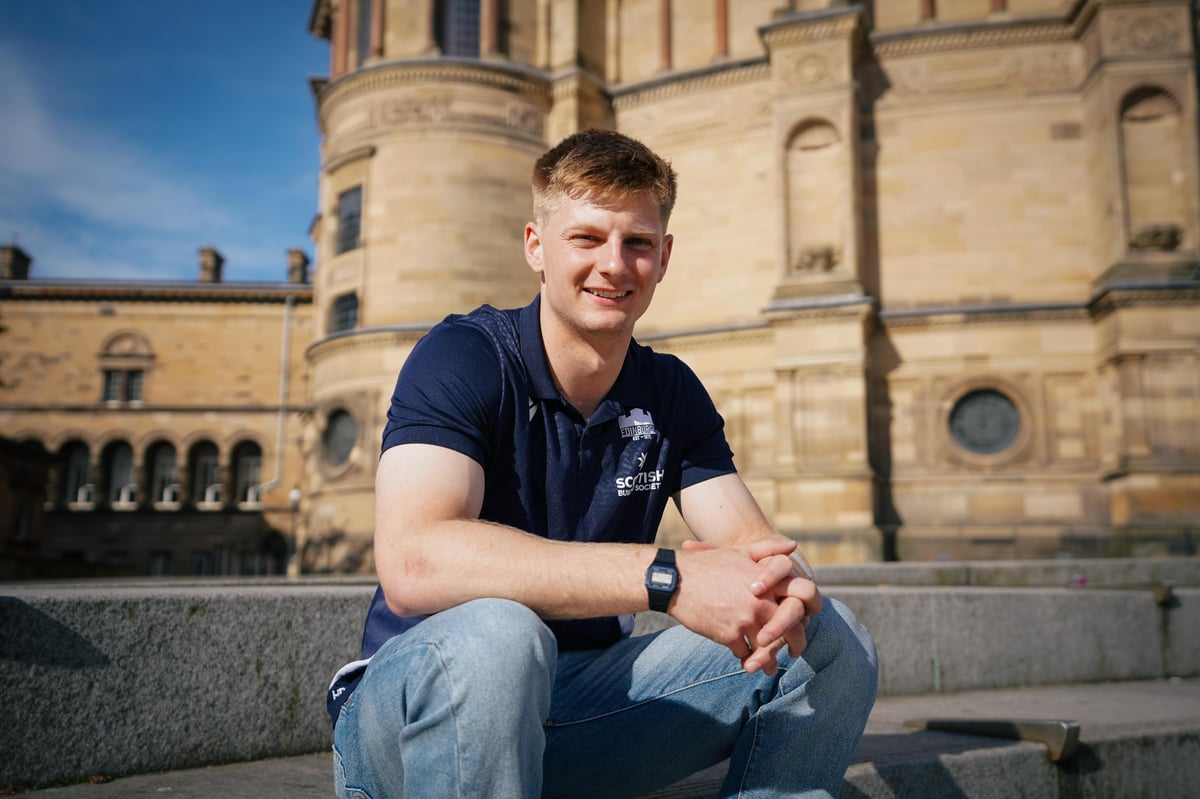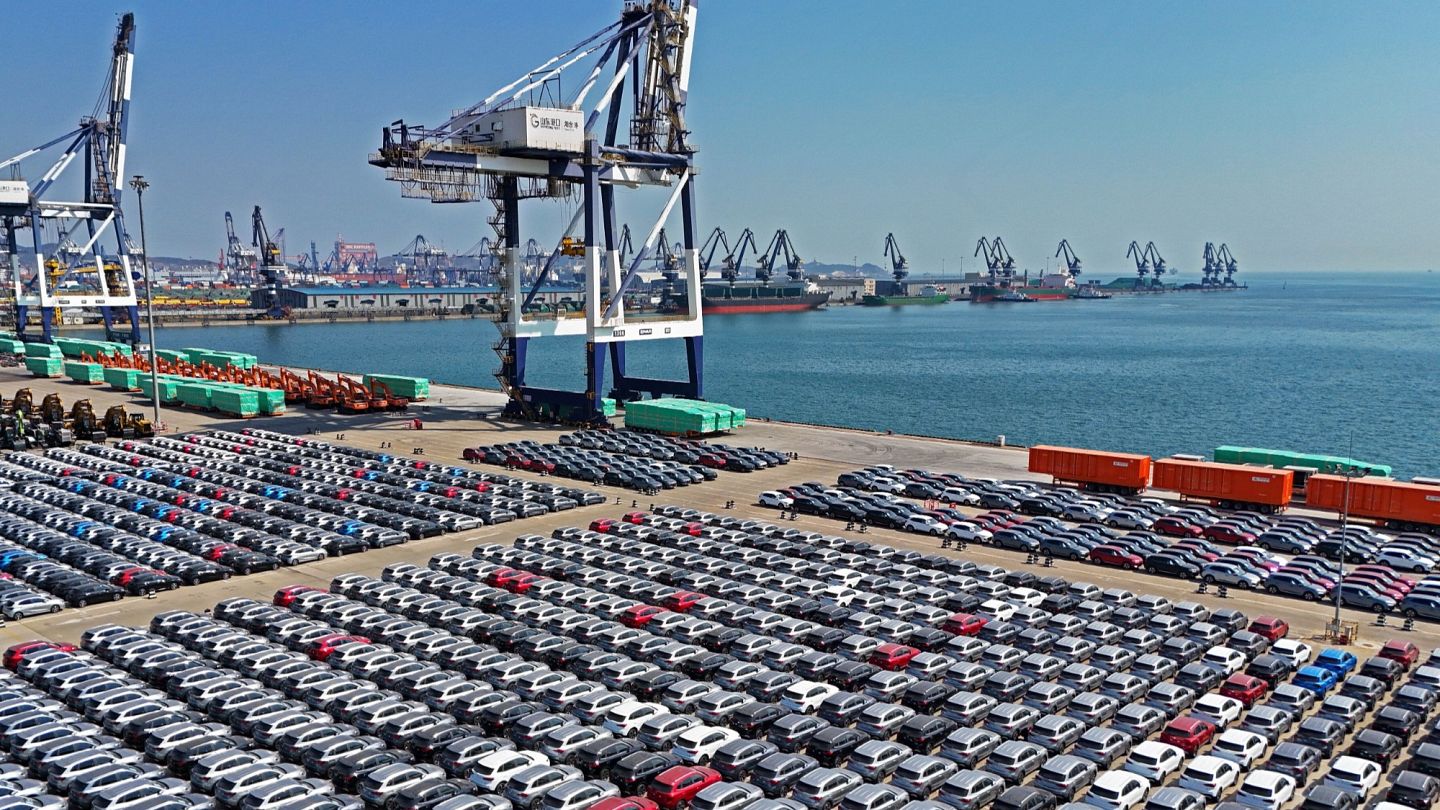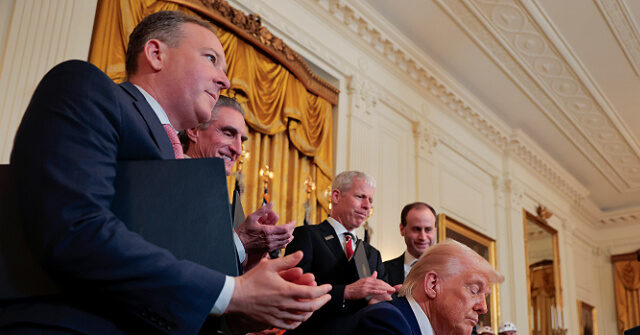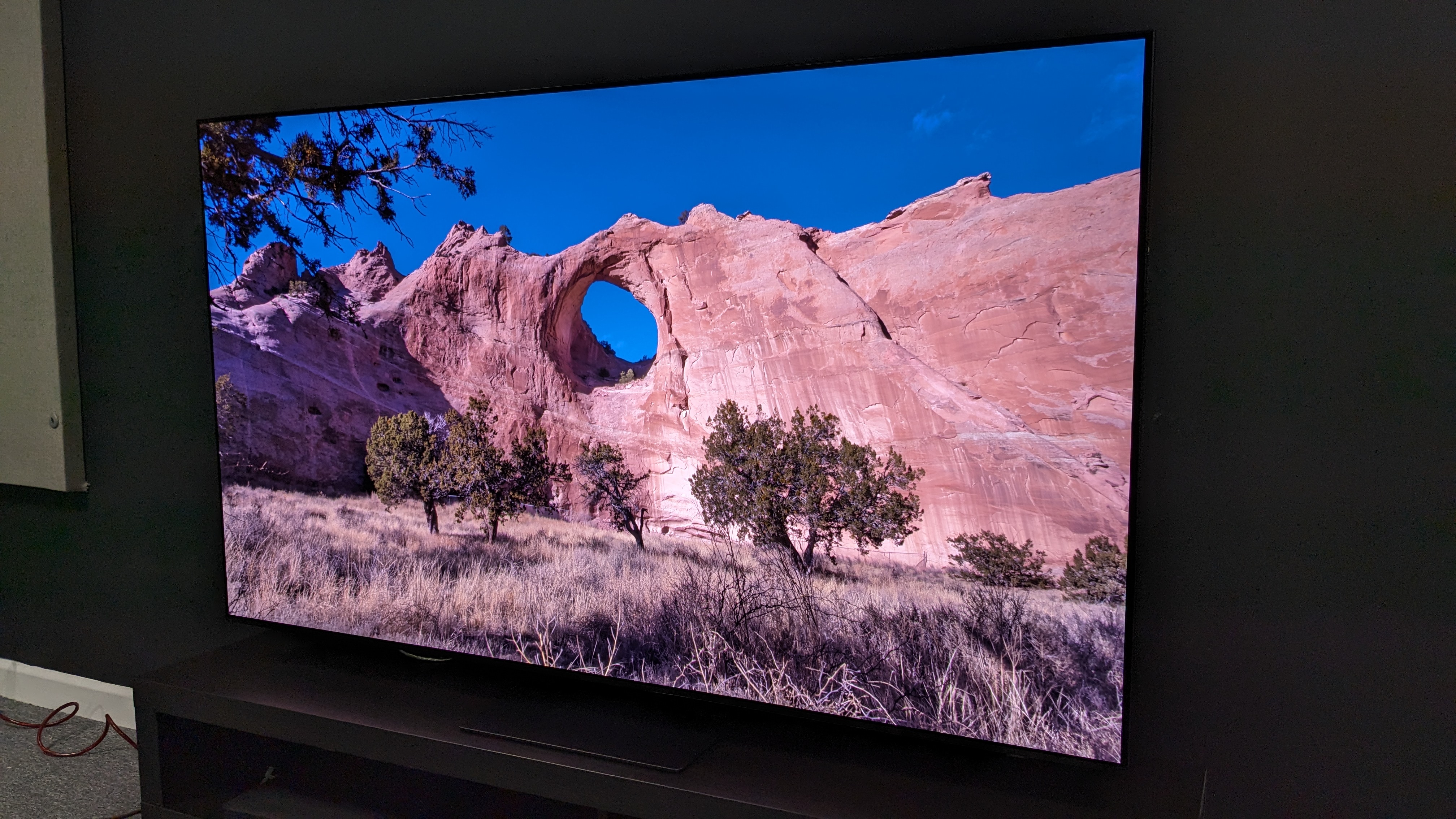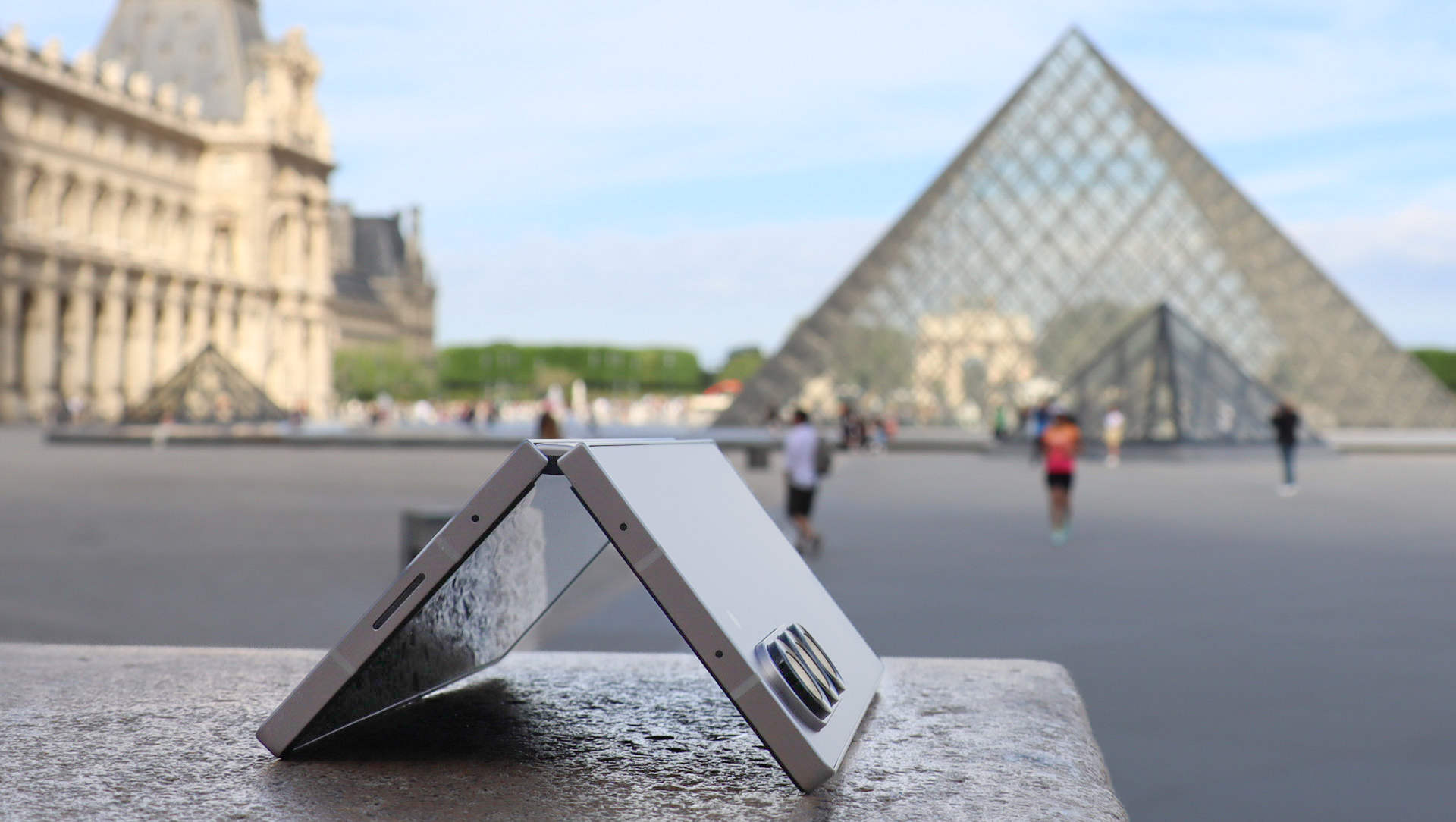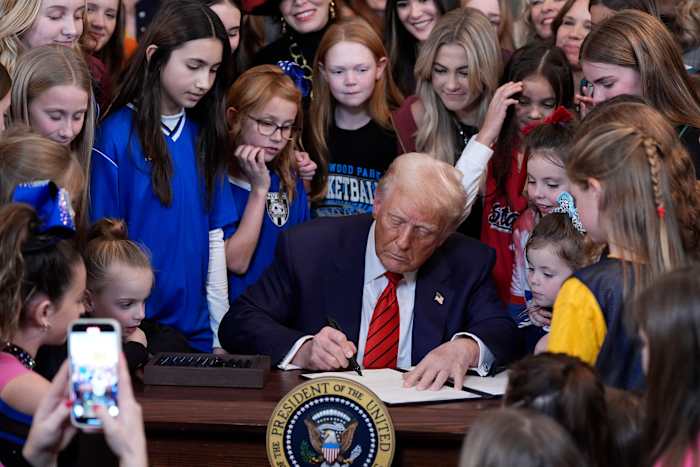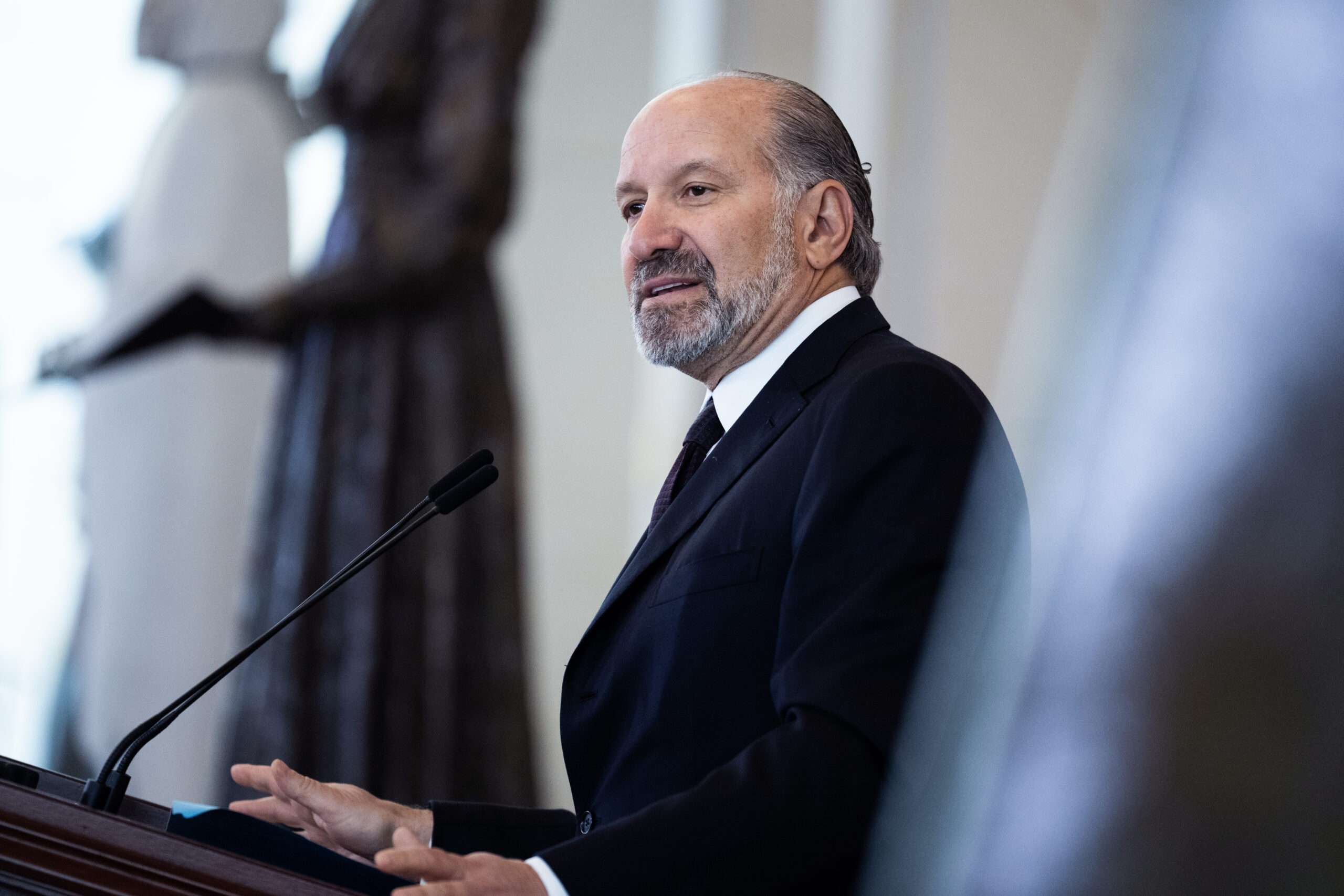Time to make a Browns deal in Brook Park – if the Haslams formalize key guarantees: editorial

The long-running saga of where the Cleveland Browns will play their home games in the years ahead has spurred healthy conversation in the region, with widespread and vehement opposition to anything resembling public financing for a new stadium. We suspect much of the anger is a symptom of the dislike fans have for the Browns owners, Dee and Jimmy Haslam, who have done the unthinkable and become as scorned as Art Modell, the former owner who moved the team to Baltimore. The Haslams did this to themselves, in part with their failure to build a winning tradition and in part because of their cynical trade for quarterback Deshaun Watson, which has proven disastrous. If any other developer came to town and offered to invest $1.2 billion of their own money in a project, asking for matching public loans that would be paid back largely from the revenue of the project, Northeast Ohio leaders would be dancing in the streets. We never see that kind of private investment in Northeast Ohio. The Sherwin-Williams Co. project is estimated at $750 million, for comparison. Our newsroom has cut through the fans’ passions to clearly report the facts about the Haslams’ proposal, which the Browns made difficult by releasing details at a snail’s pace. Our board has delayed weighing in on the proposal until now because the Browns kept many details secret until recent months. We now know enough to make a position. A reminder that we are talking about a $2.4 billion covered stadium combined with a separate entertainment and residential district proposed for a former auto plant site in Brook Park, near Cleveland Hopkins International Airport. The Haslams would pay $1.2 billion, with $600 million coming from the state and $600 million coming from local sources. Both the state and local sources would be loans, under the Haslam proposal, to be paid back largely from the tax revenue raised by the project. We start by saying we think building the stadium project on the Brook Park site is a terrible idea. We don’t believe people will drive to Brook Park to dine, shop or do anything other than attend a football game or one of the limited number of events, such as concerts, that might take place there. We believe the Stadium would draw some events away from taxpayer-supported sites in downtown Cleveland. We believe the Haslams’ tax revenue projections are overly rosy, but they contain enough of a buffer that even if the taxes fall short, they likely would be adequate to pay the loans. The parking lots and two hotels proposed on the site likely would do quite well, in service to the airport, even if the plans for dining and homes fizzle. We would prefer the football stadium to be downtown, where the infrastructure exists to support it, but we have to acknowledge that Cleveland and Cuyahoga County do not have the money to renovate the existing stadium owned by the city of Cleveland into something grand. Renovating the existing stadium would deplete the money available for other projects. All that said, elements of the Haslam proposal have appeal. First among them: Unlike any other sports stadium or arena project in Cleveland history – new construction or renovations --– the football stadium does not rely heavily on cash from non-fans. Progressive Field and Rocket Arena were built and recently renovated using a great deal of cash from people who never step foot in them. We like that the Haslams say their proposal would generate enough revenue to give Cleveland $100 million for lakefront development. The Haslams, after all, sparked the recent talks on the Cleveland lakefront by spending $1 million on a study when Frank Jackson was mayor. Even though they don’t want to play in the lakefront stadium, they have shown a commendable lakefront commitment, and $100 million could go far in making the vision a reality. Getting rid of that lakefront stadium – used maybe a dozen days a year – would open up the space for use by the masses. So, we endorse the Haslam plan, with conditions. First: The Ohio Legislature should immediately abandon the Ohio House plan to borrow $600 million by selling bonds supported by revenue from the project. Yes, the Haslams would put $50 million into escrow to cover shortfalls in projected state revenue to pay the loans back – mainly income and sales taxes at the site – but the loans still end up on a taxpayer ledger. Gov. Mike DeWine’s proposal to double the taxes on sports betting companies – to 40% -- is the much better idea. Those companies are taking billions out of Ohio without investing a dime here. Doubling the tax rate – which would still be lower than some states – would cost Ohioans nothing while generating hundreds of millions to solve all Ohio stadium funding issues for decades to come. The sports betting tax is such a no-brainer that we really must question the motives of lawmakers if they don’t adopt it without further delay. Second: At least part of the income and sales taxes generated by the project should be dedicated to maintenance and renovation of the stadium in future decades. The Haslams and elected officials should clearly articulate who would own the new stadium and oversee the maintenance. We cannot afford another Gateway debacle, with taxpayers regularly having to foot the bills for the baseball and basketball facilities in downtown Cleveland. Third: The Haslams must guarantee to Cuyahoga County taxpayers that they will cover any shortfalls in projected revenue to pay back $600 million for the local portion, as they are doing with the state. The Haslams are confident their funding plan works. They should be willing to guarantee it. Fourth: Some of the increased taxes from sports betting should be committed to overhauling the highway system serving the stadium and airport. Getting into Cleveland Hopkins is already challenging during busy travel seasons. The odd airport entry from State Route 237 also serves as a merge lane for cars coming off of Interstate 480. It’s confusing and treacherous. Anything that adds traffic to that road system will break it, likely resulting in people missing flights because of traffic standstills on game days. This has to be fixed, probably with an interstate exit directly into the airport. That would cost far more than the $75 million infrastructure estimate from the Browns. The Haslams can’t be blamed for the current congestion, but their project would make it untenable. State and regional officials should undertake a full transportation study, and the state should be ready to dedicate gambling proceeds for the solution, possibly with the Haslams paying a fair share. Fifth: The Haslams must make a binding agreement to guarantee Cleveland the promised $100 million for the lakefront, without regard to the success of their grand Brook Park vision. We wish this project were downtown, but the Haslams propose investing a fortune in Northeast Ohio for their vision, with users paying most of the public portion. That’s the best stadium deal we’ve seen in a long while in Northeast Ohio. The state legislature, city and county governments should get to the negotiating table as soon as possible to end this long-running debate. About our editorials: Editorials express the view of the editorial board of cleveland.com and The Plain Dealer -- the senior leadership and editorial-writing staff. As is traditional, editorials are unsigned and intended to be seen as the voice of the news organization. Have something to say about this topic? * Send a letter to the editor, which will be considered for print publication. * Email general questions about our editorial board or comments or corrections on this editorial to Elizabeth Sullivan, director of opinion, at esullivan@cleveland.com.


